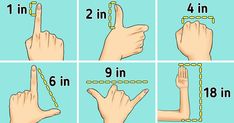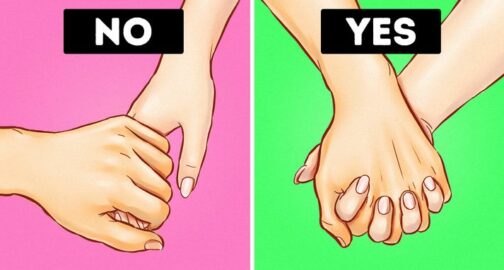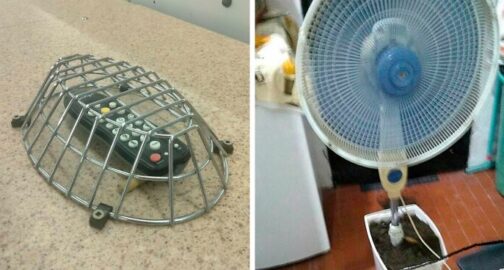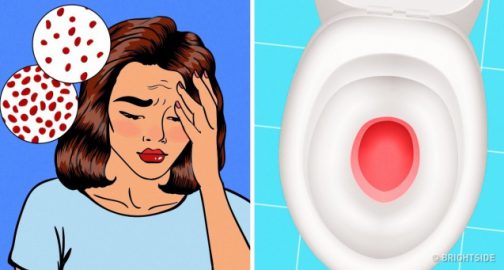
Iron deficiency, although starting out as a nuisance, can turn into a grave condition called anemia. In our everyday life we may lose iron in numerous ways, so it’s vital to know how to prevent and treat this condition.
Iron deficiency happens when the body doesn’t have enough of the mineral iron, which is responsible for producing hemoglobin — a protein in red blood cells that enables them to carry oxygen around the body. The absence of hemoglobin causes your muscles and tissues to work ineffectively, which then results in anemia.
Here at Bright Side, we did some research on the symptoms of low iron levels in order to inform you and enable you to check them for yourself.
1. Unusual fatigue:

Fatigue, is a very common symptom of iron deficiency. This is because our body is lacking the iron to produce a protein called hemoglobin in our red blood cells which is responsible for carrying the oxygen from the lungs to the other parts of the body. When our body lacks hemoglobin, it then contributes less oxygen to our muscles and tissues which results in tiredness. Tiredness is considered very normal in our daily life, so sometimes it could be more difficult to distinguish normal fatigue from the iron deficiency symptom.
However, people with iron deficiency will also experience:
2. Pale skin:
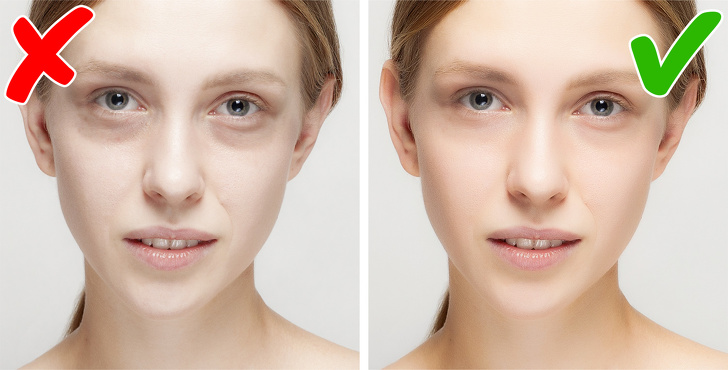
Hemoglobin in our red blood cells is what gives our skin that healthy, rosy color. Due to the lack of iron, the human body cannot produce enough hemoglobin for the red blood cells to contribute to the rest of the body, which results in pale skin. No matter your skin tone, if the inside of the: lips, gums, finger nails, and the inside of the bottom eyelids are less red than usual, low iron may be to blame.
3. Shortness of breath/chest pain:

Shortness of breath or chest pain, especially with activity, is another symptom of iron deficiency. Due to the fact that hemoglobin is limited in the red blood cells, the oxygen that is distributed throughout the rest of the body is limited, this way our body tries to compensate and produce more oxygen for our organs to function properly, which results in shortness of breath.
4. Dizziness and headaches:
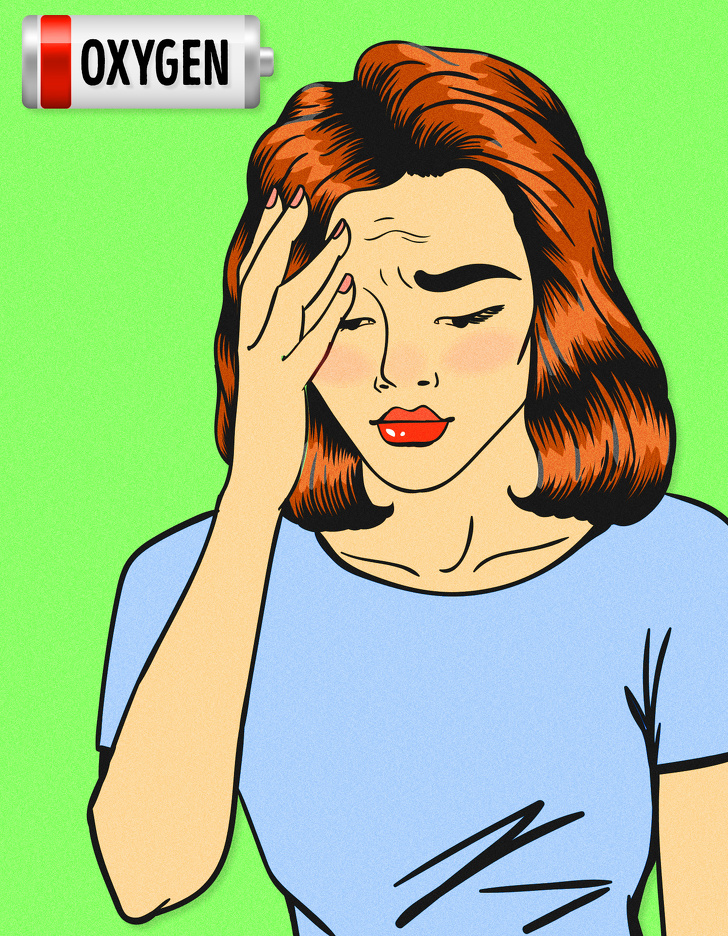
Lack of iron can also cause headaches or migraines. This is due to the fact that not enough oxygen reaches the brain which causes the blood vessels to swell, causing the pressure that leads to a headache or a migraine.
In addition, people with iron deficiency might experience lightheadedness and dizziness. When the level of hemoglobin drops or remains steadily low the body becomes desperate for oxygen, causing these physical symptoms. Dizziness stems from the brain’s lack of oxygen or can derive from low blood pressure resulting from poor oxygenation of the heart and blood vessels.
5. Heart palpitations:
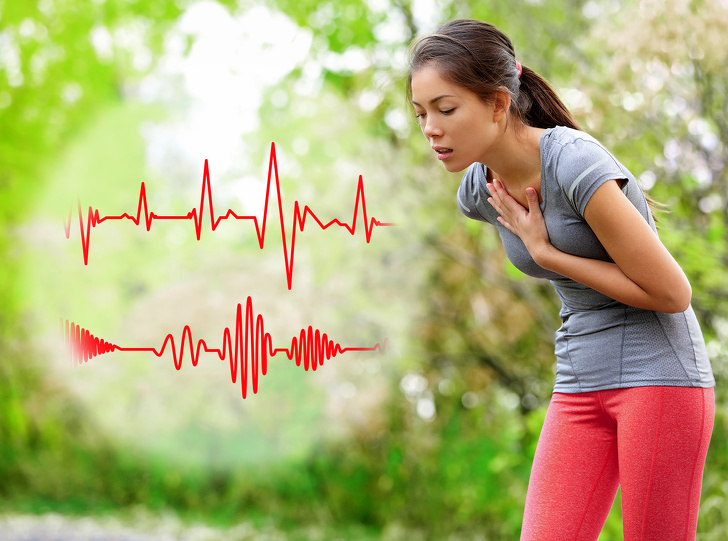
Irregular heartbeat, also known as heart palpitations, can be another symptom of iron deficiency. This is because low levels of hemoglobin mean that the heart has to work harder in order to carry oxygen to the rest of the body. This can result in an abnormal heartbeat, or the feeling that your heart is beating irregularly fast. In extreme cases this can result in heart failure. But these symptoms usually surface later, people with iron deficiency suffer from various symptoms before experiencing the heart palpitations.
6. Hair and skin damage:

Hair and skin are considered secondary functions for our body. This is because our body prioritizes the limited oxygen distribution to the most important functions like the organs and tissues. When skin and hair lack iron they become dry and more fragile. A lack protein called ferritin is known to cause these problems because it’s essential for the process of storing and releasing iron to all the parts of the body over time. Low iron stores increase the rate of hair loss, especially in non-menopausal women.
7.Swelling/soreness of the tongue and mouth:
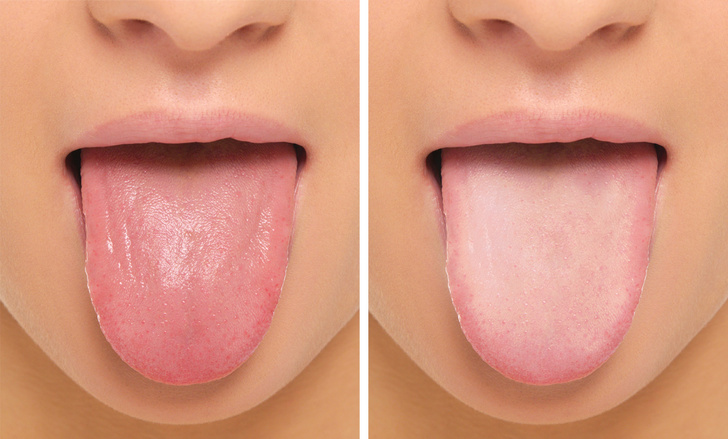
Taking a look inside of our mouth can give us a lot of clues about our health. Iron deficiency is one of them. For example if the tongue appears swollen, inflamed, or discolored this is an indication of iron deficiency. In our body, we have a protein called myoglobin which is an iron and oxygen-binding protein found in the muscle tissue of the tongue. Lower levels of myoglobin can cause the tongue to become sore, smooth, and swollen. Iron deficiency can also result in dry mouth and sore red cracks at the corners of the mouth.
8. Brittle fingernails:
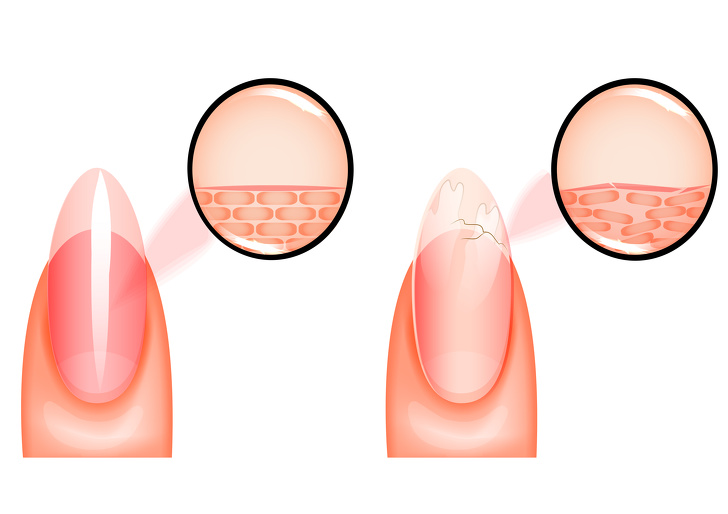
Brittle fingernails are a much less common symptom of iron deficiency which appears in the later stages of anemia. This condition is called koilonychia. Koilonychia is a nail disease in which the nails become abnormally thin and lose their convexity, becoming flat or even concave in shape. In early stages nails may be brittle and chip or break easily. This condition starts to appear in the middle of the nail as it drops down and the edges are raised to give a rounded appearance like a spoon.
9. Restless legs:
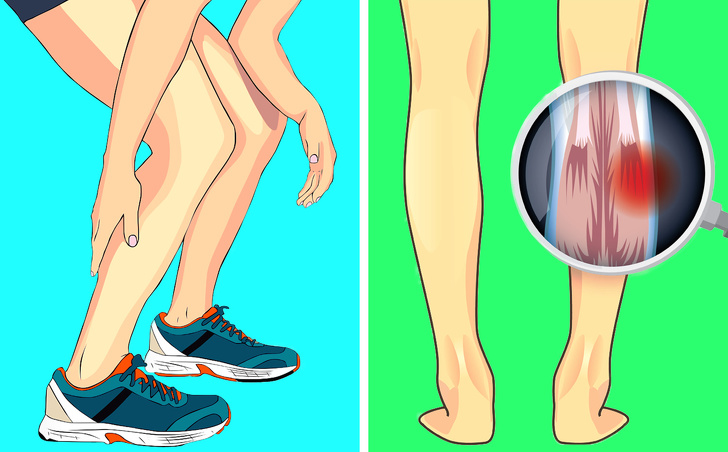
Low levels of iron in the blood can lead to a fall in dopamine, a chemical in our brain which is crucial for movement and can trigger restless legs syndrome. Dopamine acts as a messenger between the brain and the nervous system to help the brain regulate and coordinate movement.
If the nerve cells become damaged, the amount of dopamine in the brain is reduced, which causes muscle spasms and involuntary movements. Dopamine levels naturally fall towards the end of the day, which may explain why the symptoms of restless legs syndrome are often worse in the evening and during the night.
10. Abdominal pain & blood in the urine:
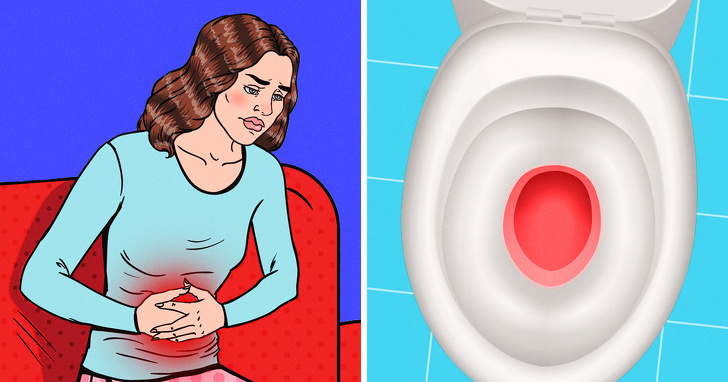
Intravascular hemolysis, a condition caused by iron deficiency, is where red blood cells break down in the blood stream and they release iron that is then lost in the urine. This sometimes occurs in people who engage in intense exercise, particularly jogging, and it can cause trauma to small blood vessels in the feet, which is called “march hematuria.”
Secondary signs of iron deficiency:

These symptoms tend to be less common and can be linked to other conditions as well:

If you believe your iron levels are not what they should be, the best thing to do is head to the doctor where they can test your iron levels. If that option is too expensive for you, try giving blood. In order to be accepted as a blood donor, the technicians will test the levels of hemoglobin in your blood with a finger prick.
Always talk to your doctor before starting or stopping a supplement like iron. They can advise you about whether you need to take it all, whether it’s safe, and the proper dosage to take.
Have you ever noticed any of the above symptoms? Have you had yourself checked for iron deficiency? Share your experience in the comments and let others be warned too!
Preview photo credit Depositphotos, Depositphotos, Depositphotos



